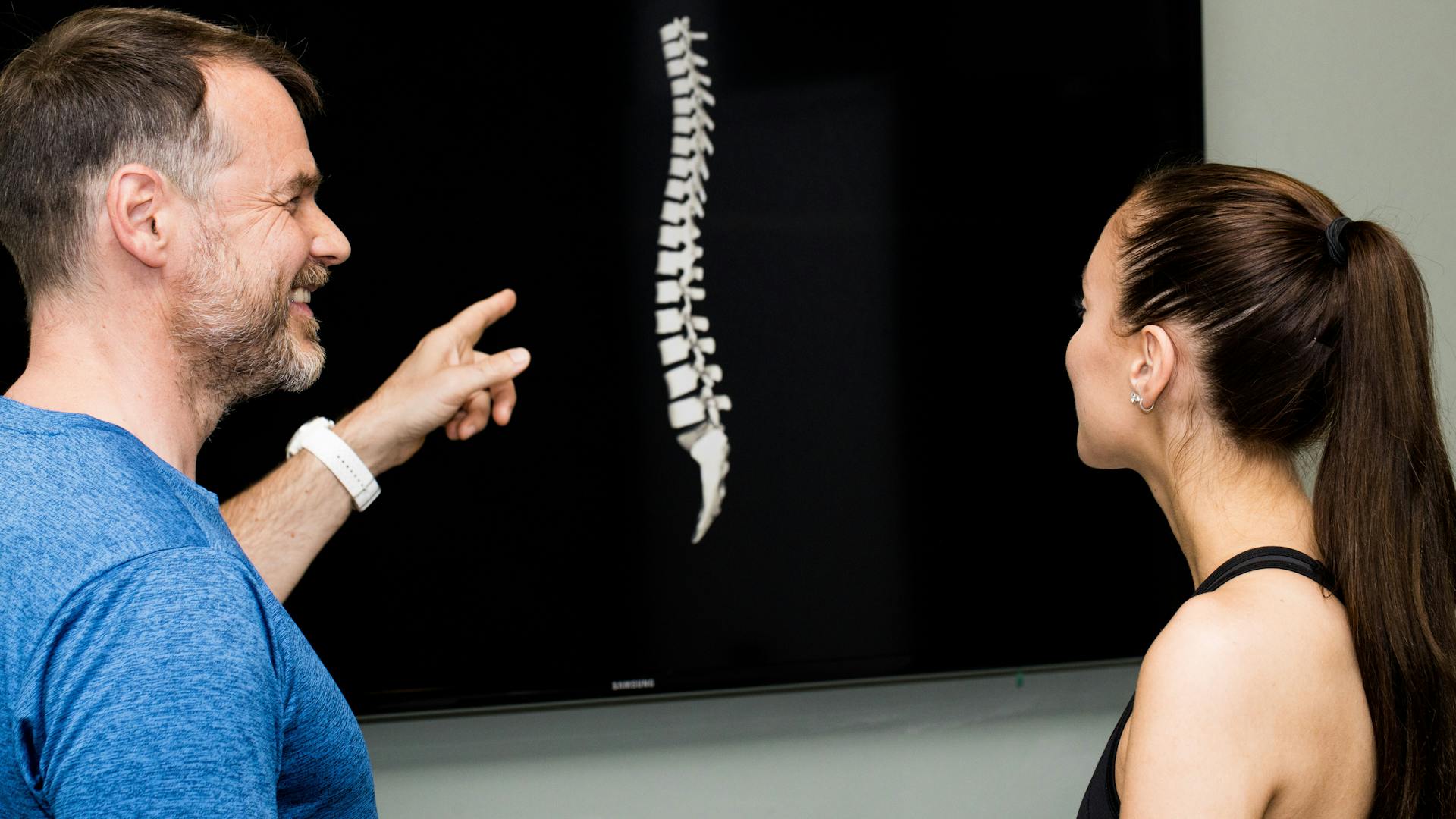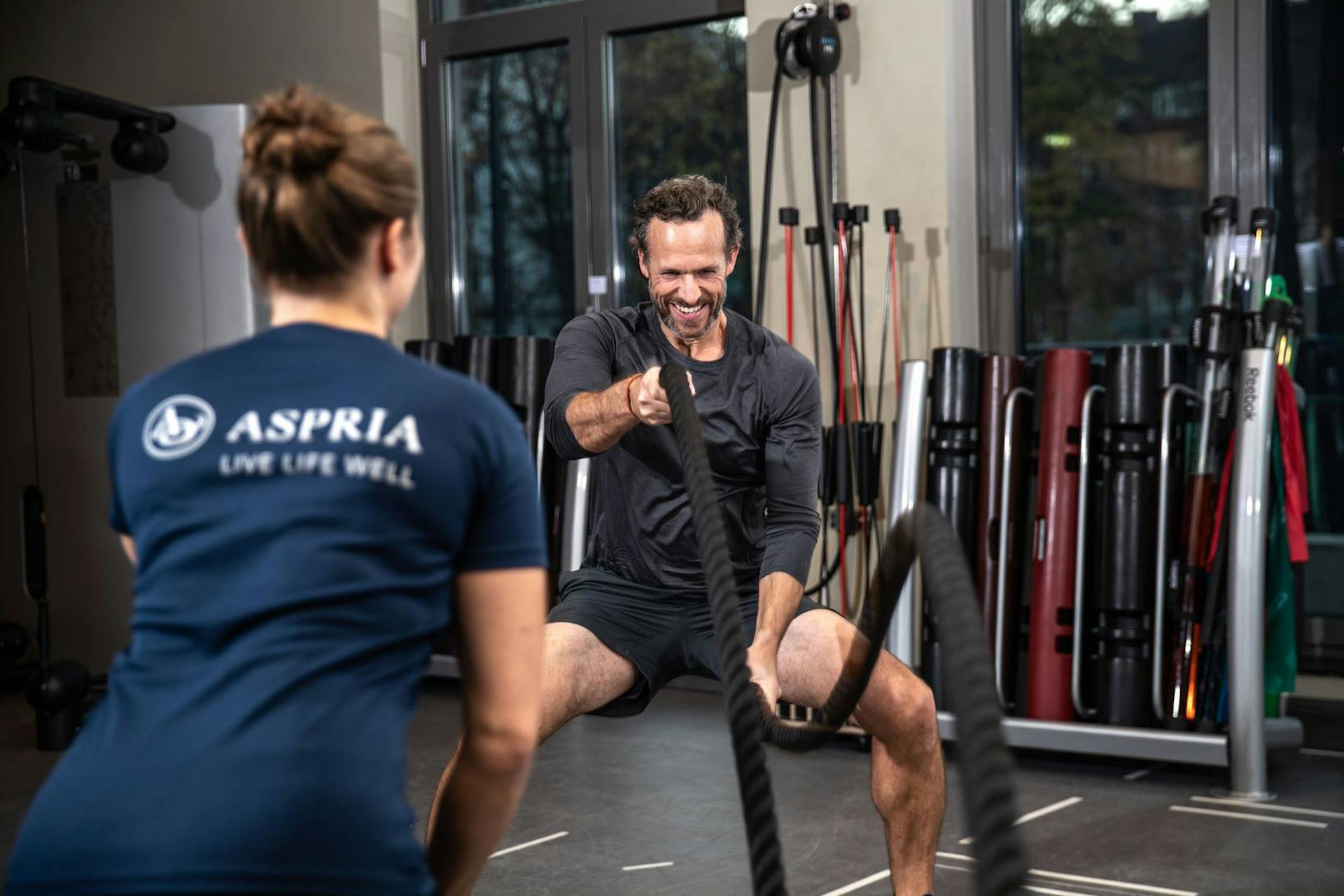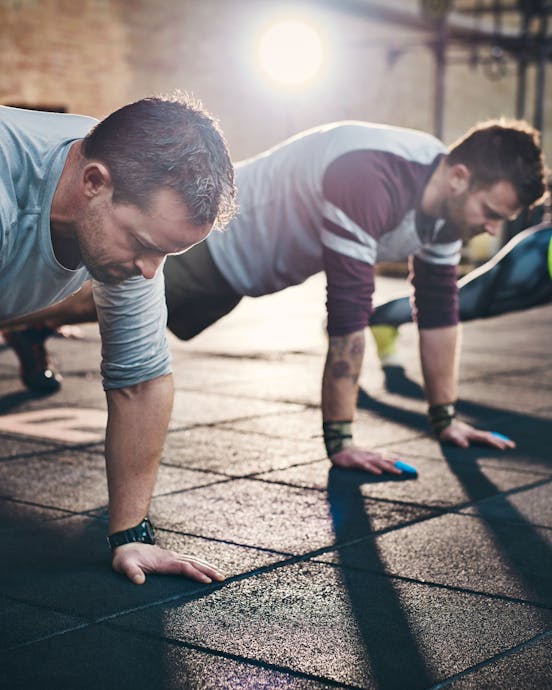In business, we often talk about objectives that need to be SMART - i.e. Specific, Measurable, Attainable, Relevant, and Time-Bound – as these provide the best foundation for any venture or project to be measured against.
The same formula can be used when setting a goal in our private lives too, and this can prove very beneficial when considering a new training programme. Here are the indicators you should take into account when aiming to set SMART fitness goals.


If you are feeling inspired to improve your lifestyle and start a new physical activity – the easiest way to ensure your motivation remains strong is to keep track of your progress in time. But progress can only be measured against a set of goals. And the more realistic and specific the goals, the more chances of success.
Our AspriaPro Health programme is helpful here because it comprehensively assesses your entire physiology. Based on a variety of indicators that are being analysed during AspriaPro Health consultations, our experts can help you identify attainable, relevant and timely objectives that you should focus on, rather than only a blanket overall goal to lose weight or run a 5k race.
Accordingly, the next step is to create a personalised programme that incorporates recommended training, nutrition and lifestyle management. You can then follow your performance with regular re-checks and work towards your SMART fitness goals step by step.
AspriaPro indicators that support fitness goals
Body composition
Body composition and body fat percentage in particular - is much more informative than BMI (Body Mass Index) to find out how healthy you are. The BMI does not take into account individual factors such as age and the interaction of water, fat, bones and muscles in the body. We use special scales to analyse these factors.
Blood pressure
The blood pressure is the pressure (force per area) of the blood in a blood vessel and is directly dependent on the cardiac output and the vascular resistance. When the heart has contracted to the maximum, the highest blood pressure value is reached. This (upper) value is called the systolic blood pressure. The heart then relaxes and stops pumping blood into the arteries. As a result, the blood pressure drops again to the lowest value. This (lower) value is called the diastolic blood pressure.
As with many things, you should aim for a balanced average, because blood pressure that is too high or too low is unhealthy.
VO₂ max
The maximum oxygen uptake or VO₂ max indicates how many millilitres of oxygen the body can use per minute when it is at full capacity. In short, this is the time it takes for the cardiovascular system to completely oxygenate the body. We test this while resting and this is how we can find out the heart rate that you shouldn't exceed while exercising.
Cholesterol and Sugar
Cholesterol and sugar are two essential elements for the body to function. There is good cholesterol and bad cholesterol - and it is important to know how they differ because high "bad cholesterol" is one of the risk factors for heart disease; however, “good cholesterol” plays a completely different role in the body. We measure both during our check. Sugar supplies our cells with energy and has a direct effect on our insulin levels. If this complex system becomes unbalanced, there is a risk of developing diabetes.
Heart rate & stress resistance
Heart rate and stress resistance are also recorded in the consultation. You may think that when you rest, your heart always beats the same speed – it does not, the intervals between heartbeats fluctuate constantly. This is called heart rate variability (HRV). The higher the HRV, the more relaxed you are - if you improve the HRV, the stress level decreases.
Posture analysis
A posture analysis allows many conclusions to be drawn about your physique. A good posture prevents many muscular injuries - back pain, problems with the hips, knees, ankles, etc. We use a measuring device that calculates the relative position of the vertebrae to determine the mobility of the spine.




